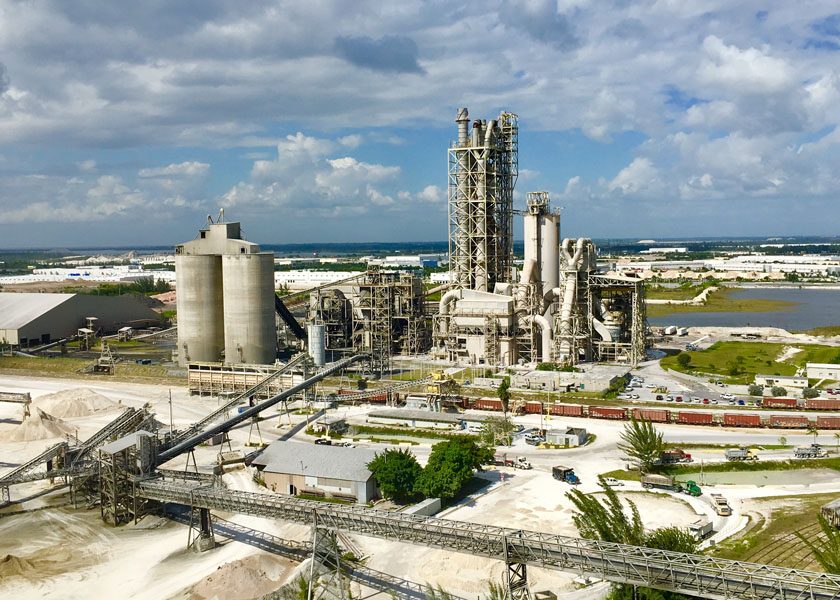The University of California, Los Angeles announced that scientist Gaurav Sant of the California NanoSystems Institute at UCLA recently completed research that could eventually lead to methods of cement production that give off no carbon dioxide.
Sant, an associate professor of civil and environmental engineering and UCLA’s Edward K. and Linda L. Rice professor of materials science, found that carbon dioxide released during cement manufacture could be captured and reused. The study is published in the journal Industrial and Engineering Chemistry Research.
“The reason we have been able to sustain global development has been our ability to produce portland cement at the volumes we have, and we will need to continue to do so,” Sant said. “But the carbon dioxide released into the atmosphere creates significant environmental stress. So it raises the question of whether we can reuse that carbon dioxide to produce a building material.”
Sant and his team showed that the carbon dioxide given off during calcination can be captured and recombined with calcium hydroxide to recreate limestone – creating a cycle in which no carbon dioxide is released into the air. In addition, about 50 percent less heat is needed throughout the production cycle, since no additional heat is required to ensure the formation of tricalcium silicate.
Sant said the method is analogous to how limestone cementation occurs in nature, where limestone forms the tough exoskeletons of coral, mollusks and seashells, and when microbes form limestone that cements grains of sand together.
Although scientists had examined this idea previously, Sant said it had never been demonstrated before with a view to carbon dioxide-neutral cement production – and that it actually worked faster than he and his colleagues expected. The cycle took just three hours to complete, compared with the more than 28 days needed for portland cement to react with water to near completion and reach its final hardest consistency.
The successful sample was very small, as required by laboratory conditions. However, Sant said now that the process has been proven it could in time be scaled up to production levels.
If cement manufacturers continue to operate as they currently do, and if proposed carbon taxes in the U.S. and other nations are eventually enacted, cement production would be much more expensive than it is now. Were that to happen, a new method for producing cement with little or no environmental impact would be of even greater interest, Sant said.
The study’s co-authors, all of UCLA, were Mathieu Bauchy, an assistant professor of civil and environmental engineering; Magdalena Balonis, a research scientist; postdoctoral scholars Kirk Vance and Isabella Pignatelli; and doctoral scholar Gabriel Falzone.
The research was supported by the National Science Foundation and was conducted in the Laboratory for the Chemistry of Construction Materials in the UCLA Henry Samueli School of Engineering and Applied Science, the Electron Imaging Center for Nanomachines at the California NanoSystems Institute, and the Molecular Instrumentation Center in UCLA’s department of chemistry and biochemistry.



